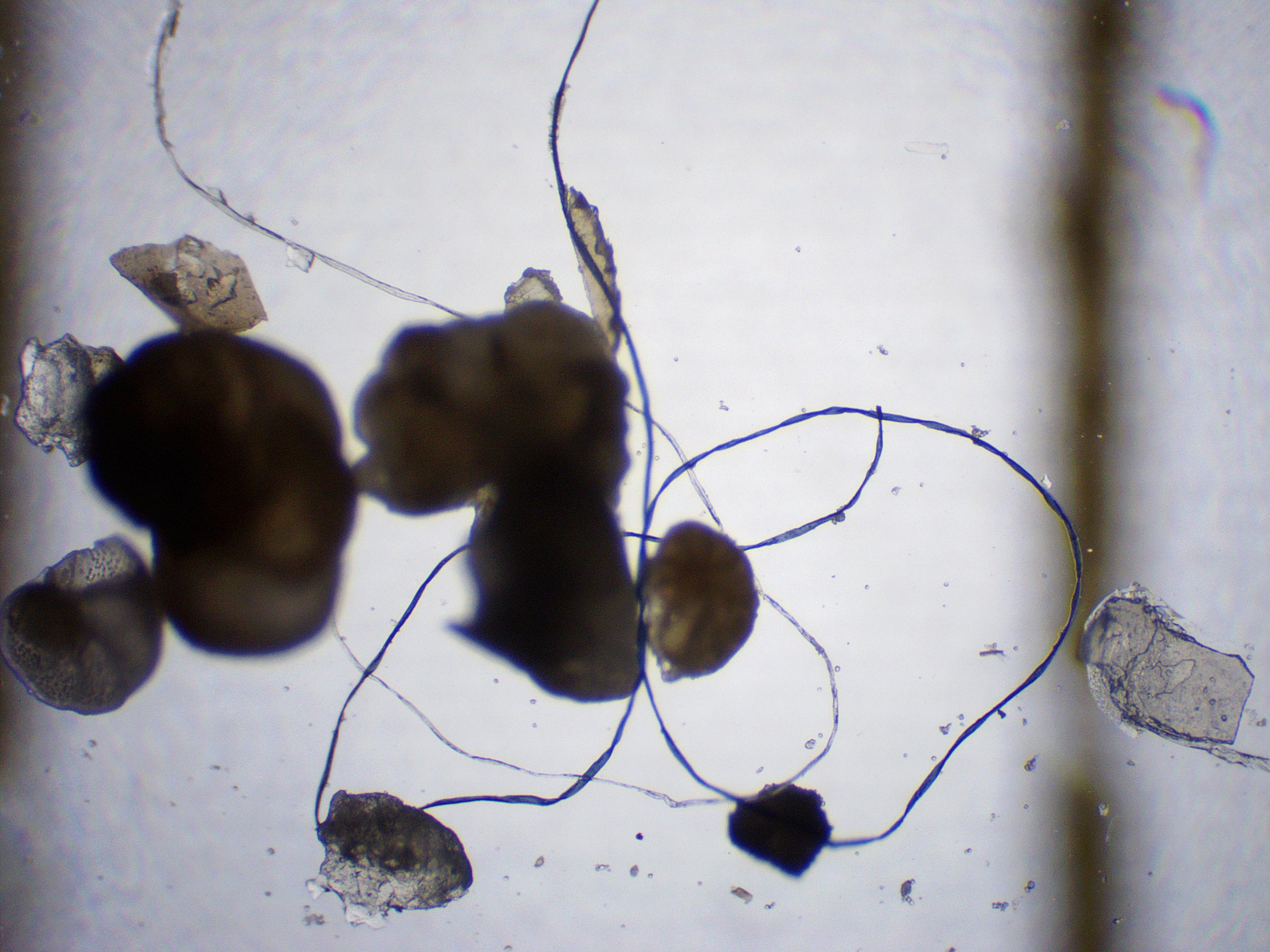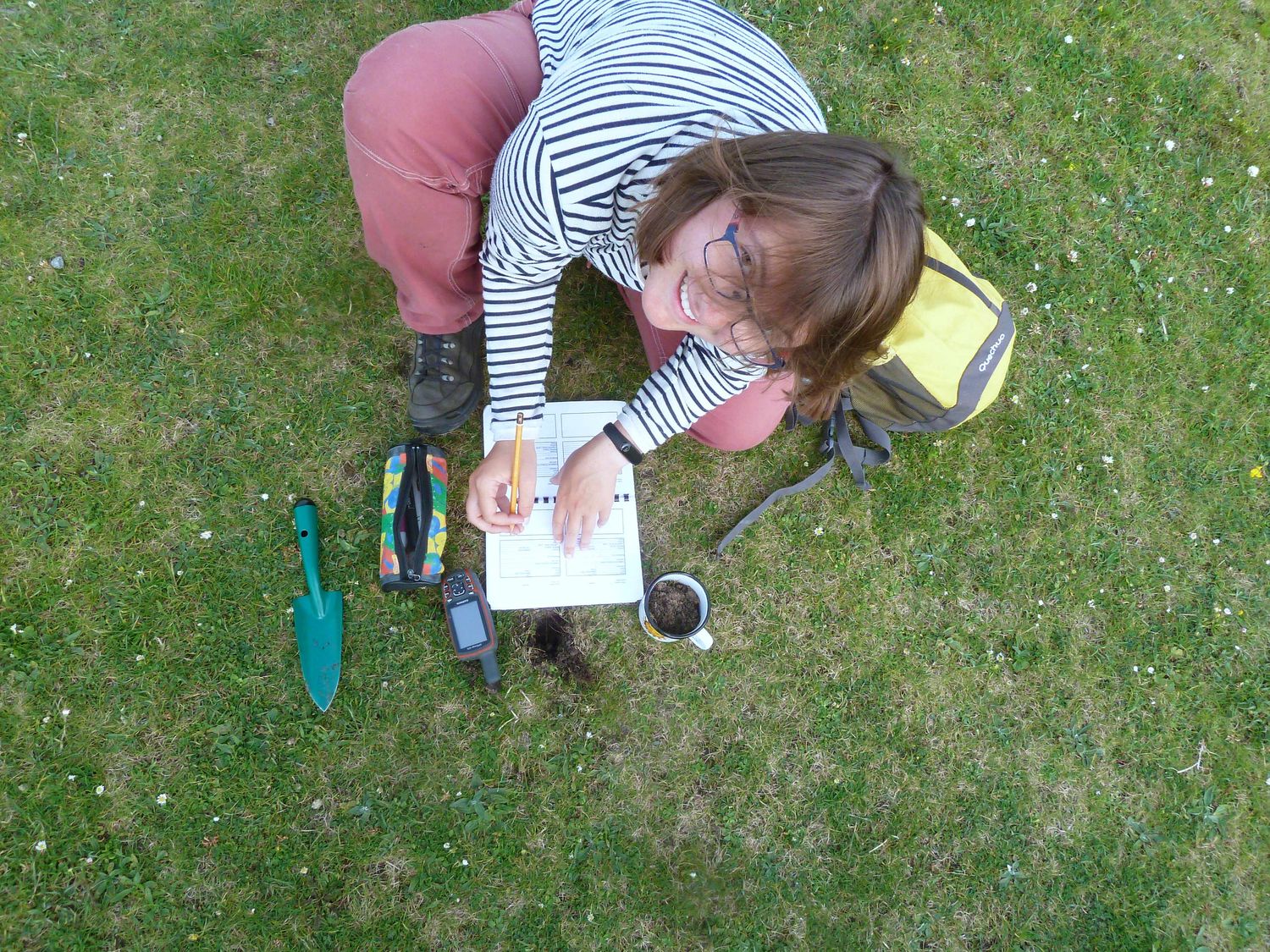It is widely known that microplastics are significant polluters of the ocean. Recently, microplastics were discovered in human lungs, breastmilk, blood or human's womb. But have you heard of microplastics in soil?

Why is it important to study microplastics in soil?
.png)

I researched the distribution of plastic microfibres in soil in the Isle of South Uist in the Outer Hebrides, Scotland – both their quantity and the factors influencing their abundance.
Despite its remote location, relatively pristine nature, and low population, way more microplastics than, for example, in Beijing (China) were found!
(median)
(median)
Why are so much more microplastics further from the coast?
Plastic microfibres get to the land from the sea on the west by tides and wave action. There is a great supply of microplastics, as the Gulf Stream continually brings them here. What happens with the microplastics once they get onto a beach? Click on each area on the map of the Isle of South Uist to find out! (left to right order is the best)
Why should you care when you live in an inland country or just far away?

The world is connected by the atmosphere and watercourses – and the rivers are full of microplastics

Thus, we all contribute to the microplastics pollution in the South Uist, at least by wearing and washing synthetic clothes

By researching the soil far away, we get more knowledge about the problem and it's applicable even in your local soil



